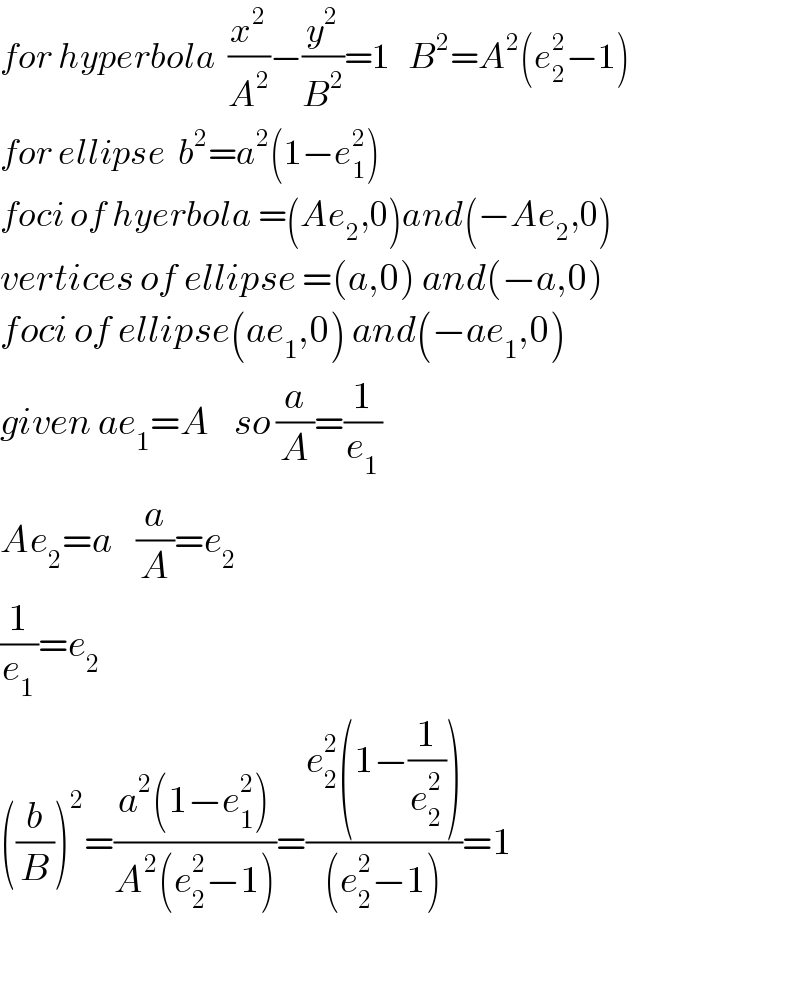
Question and Answers Forum
Question Number 39955 by rahul 19 last updated on 13/Jul/18

Commented by tanmay.chaudhury50@gmail.com last updated on 14/Jul/18

Commented by tanmay.chaudhury50@gmail.com last updated on 14/Jul/18

Answered by tanmay.chaudhury50@gmail.com last updated on 14/Jul/18

Commented by tanmay.chaudhury50@gmail.com last updated on 14/Jul/18

Commented by rahul 19 last updated on 15/Jul/18
Thank You Sir ! ������
Commented by tanmay.chaudhury50@gmail.com last updated on 15/Jul/18

Commented by rahul 19 last updated on 15/Jul/18
That's the spirit! ������������
